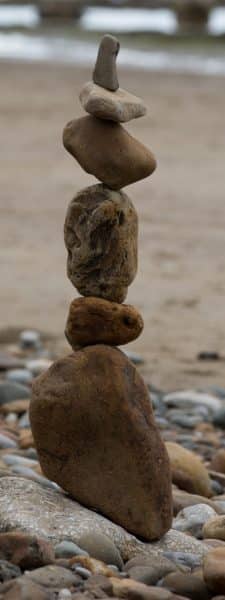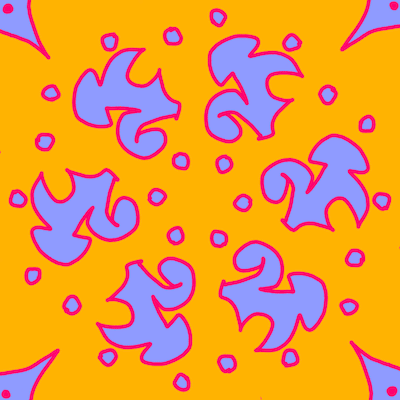Here’s a new sample from my forthcoming book, Midnight at the Crossroads: Has belly dance sold its soul?
Why meaning creates emotion (and how functional movement creates meaning)
Imagine a real smile, crinkly eyes and all.
Those crinkles are so remarkable, they even have a name—and they are very difficult to fake. You must mean that smile to get the crinkles. What’s more, when you see a real smile—even a picture of one—instinctively, you smile, too. A real smile. The meaning in a smile creates an emotion in the viewer. Their emotion inspires their smile. Meaning creates emotion.
What does this have to do with dance?
Humans make meaning. No matter how random and unpredictable life might really be, we humans are out there creating scenarios that imbue its events with meaning. It’s what we do. So when we see art, we look for meaning. When we dance, we make the music visible—but the music exists on deeper levels than just notes and rhythm. The music has those emotional timbres. We feel the emotion, and we make meaning with it. We radiate this meaning, and help the audience to feel the emotions.
Does this mean we have to smile all the time?
No. But it does mean we have to be fully engaged, authentic, and honest. If we just make a face, or place ourselves in a an empty arrangement, the audience will feel this dishonesty. The secret ingredient is our willingness to open ourselves emotionally to the music and the audience.
Dance is an interpretive art.
We convey to the audience what we feel from the music. If it is a joyous song, then we will smile. But the brilliance of Oriental music is in the infinite shades of emotion. In the dialectic between pleasure and pain (and every moment of song, every inch of movement is a microcosm of this most fundamental spectrum), there exists every emotion, from love to hate, anger and joy, fear and comfort. As we train ourselves to respond in the moment to these timbres, we create rich tapestries of meaning.
Even negative emotions have power to unite.
Most of us feel so alone in our pain. We turn inwards and waste away. When we see the pain of human existence expressed as art, we feel our connection to the world. We know we are not alone. Every member of the audience has felt sorrow, sadness, loss, grief. Negative emotions in art allow us to see that we are not alone. When we express these emotions in the context of art, we unite the audience. The love and camaraderie of the world help us to bear our burdens, to access our buried feelings, and maybe even to let them go. Art is a catalyst for catharsis, the “purification of emotions that results in renewal and restoration.”
The rise in theatrical approaches to belly dance have taken it far afield from the dance of joy and celebration at its heart. Many dancers explore what I will call dark themes: from anger, power, and tragedy, to vampire fusion and other esoteric themes. As artists, it our privilege to explore the themes that draw us, those through which we may express that which tugs at our souls. Some of it is in fun and some in earnest; what’s important is that we invest our work with genuine emotion and have at its core the determination to bring the light.
Yes, there are artists who seek dark and terrible places, born out of their own tragedy and damage. They desire company in the crevices of their ravaged souls, glorifying illness and presenting it as health, glorifying self and presenting it as service. Beware of this, in yourself and in others.
As dancers and artists, we are in service to art, in service to love, and in service to the world.
We make the party. We give the audience permission to enjoy themselves. We create meaning, make space for emotional release, and open the way for joy and love. This is our job as artists. Even if our art is dark and ferocious, when we present it with humbleness and in service to love, we help ourselves and others feel connected, release pain and suffering, and walk in the light.
This is our highest calling as human beings.
Please check out and share the Kickstarter for this book: https://www.kickstarter.com/projects/alia/midnight-at-the-crossroads-has-belly-dance-sold-it
Thank you!



2 Comments
OMG! Alia, habibti, I totally agree with all the above & I’m flattered that you use my “dance is the music made visible” compact answer to what Raqs Sharqi really is … I want a copy of your book!!!
Luv,
Morocco/ “Aunt Rocky”
Why, thank you, Rocky!